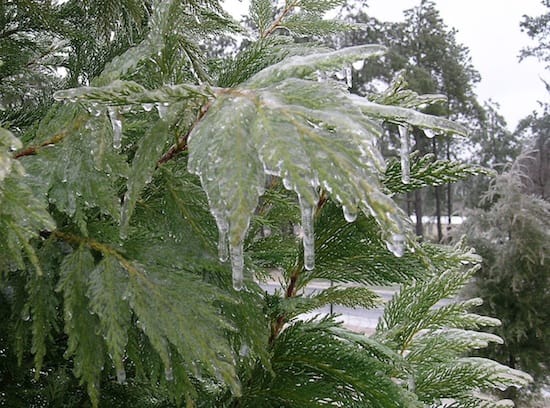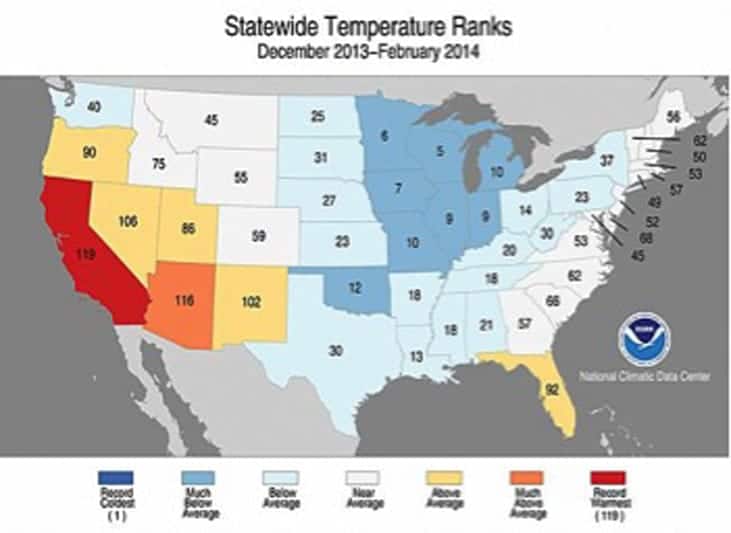 Clint Waltz, Extension Turfgrass Specialist, University of Georgia. This info is edited from a longer article which can be read here.
Clint Waltz, Extension Turfgrass Specialist, University of Georgia. This info is edited from a longer article which can be read here.
Dormant transplanting of trees and ornamentals in the Southeastern United States is a common practice. Warm-season turfgrass sod can also be successfully established during dormancy.
Recommendations for normal sodding also apply to off-season sodding.
- Successful transplanting is highly dependent on healthy sod, which is difficult to determine when the sod is dormant or overseeded.
- Rootzone preparation is critical for success. Loosen the soil to a depth of 6 inches by tilling before sodding.
- During site preparation prior to turf establishment is the best time to take a soil sample to determine pH and nutrient needs. Correction of soil pH and soil nutrient deficiencies is more effective when lime and fertilizer are incorporated into the soil before sodding.
- Next, level smooth and moisten the soil. The soil should be lightly watered, but not saturated. Ruts from foot traffic or equipment can occur when soils are too wet and are difficult to repair after the sod is laid.
- To prevent drying and potential cold injury of roots, install sod within 48 hours after harvest. This also allows the radiant heat from the earth to offer the sod some protection from cold injury when compared to turf exposed to the elements on a pallet.
- Sod should be laid tight and rolled to minimize creases. If creases are apparent after sodding, top dress the sod to fill low spots, conserve moisture and potentially retain heat near the soil surface.
- For best survival, avoid winter desiccation and low temperature injury. Dessication can be a significant problem since the warm dry winds of late winter and early spring increase the demand for water, but the combination of low soil temperatures and a limited root system will reduce the plant’s ability to obtain water.
- Direct low temperature injury can be a problem because the crowns, stolons and shallow rhizomes may be killed. Unfortunately, newly sodded turf lacks deep rhizomes and the expansive root system necessary to recover from winter stresses.
Research and practical experience has shown that warm-season turfgrasses may be successfully sodded during the off-season (October-April) when the grass is dormant or slowly growing. However, the cooler climates in and north of Atlanta may damage some turf species. More winter injury has been observed on zoysiagrass and centipedegrass as compared to bermudagrass sodded in the fall or winter.
- Overseeding sod with ryegrass may reduce warm season turf vigor and quality. While overseeded turf may look appealing during the winter months, during the spring the more heat-tolerant perennial ryegrasses can compete with the warm-season turf for water, nutrients and light. This can cause a poor spring transition and delayed green-up of the warm-season species. This is more common in ryegrass that has been heavily fertilized in the spring.
- To assist spring green-up and stimulate turfgrass growth, fertilize with 1.0 to 1.5 pounds of nitrogen per 1000 square feet once night temperatures consistently reach the mid 60s F. Also to further encourage warm-season species growth, lower the mowing height. This practice opens the turfgrass canopy, allowing more sun to the permanent warm-season species while stressing the overseeded grass. Resume accepted maintenance practices once conditions are favorable for warm-season turfgrass growth.
In summary, successful sod transplanting depends on proper soil preparation, good soil-to-sod contact, avoiding low temperature injury, and most importantly – proper water management to prevent desiccation. For more information, see these resources or contact your local UGA Extension Office.
See the original article here which has more information


